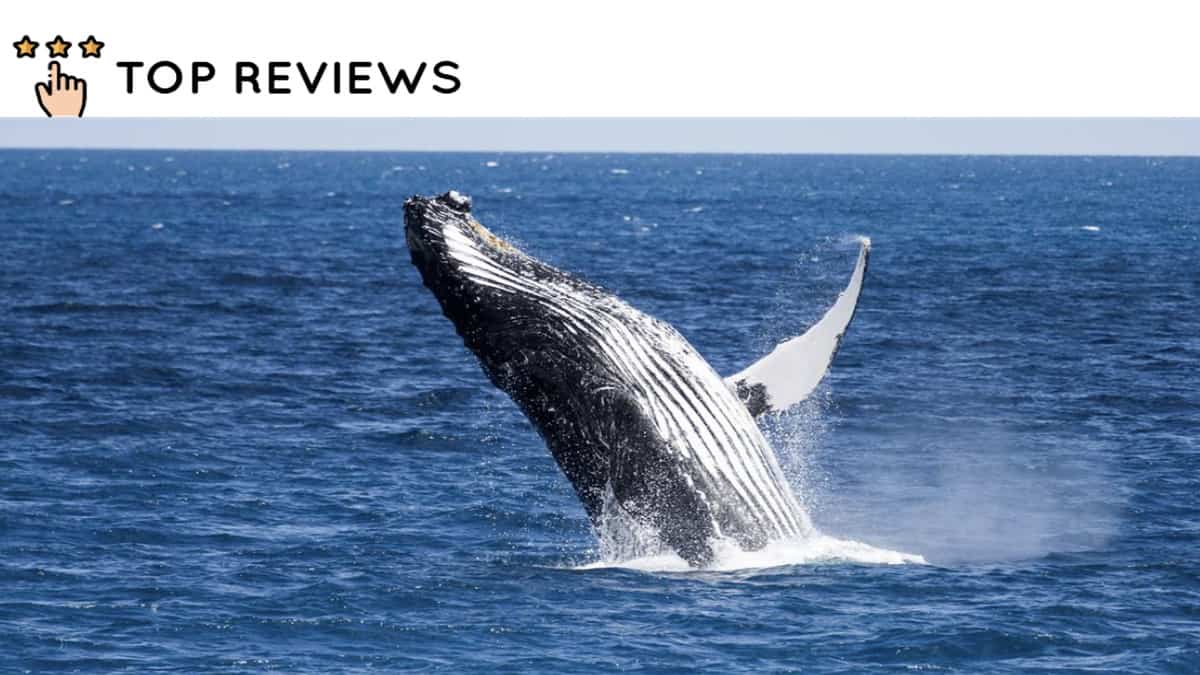Why are whales special to Maori?
In the vast expanse of the ocean, whales reign supreme, not just for their size or strength but for the profound cultural significance they hold in various societies. Among them, the Maori people of New Zealand share an extraordinary bond with these magnificent creatures.
So why are whales so special to the Maori?
Whales are special to Māori because they are seen as descendants of Tangaroa, guardians of the sea, in many Maori stories and traditions, and were a source of food and resources.
Let’s look deeper into these reasons and learn more about why whales are special to the Maori.
Whales are seen as the descendants of Tangaroa, the god of the sea
To the Maori, whales are seen as the descendants of Tangaroa, the god of the sea. This belief forms an integral part of their spiritual beliefs and cultural practices.
In Maori mythology, Tangaroa is one of the most powerful gods, ruling over the vast oceans and all the creatures within. He is considered the father of all fish and sea life.
As the god of the sea, Tangaroa represents the life-giving properties of water and its vital role in Maori culture and survival.
So, whales are seen as Tangaroa’s most significant descendants. They embody his power, majesty, and spirit, linking the spiritual realm with the physical world.
Whales are believed to be guardians of the sea
The Maori regard whales, or “tohora” as they are called in the Maori language, as sacred beings. They are viewed as ‘kaitiaki’ or guardians of the ocean and are respected for their wisdom and strength.
Their presence during important events is often seen as a sign of Tangaroa’s blessing or guidance. Even when hunting whales, the Maori showed respect and reverence, performing rituals and ceremonies to honor the whale’s spirit.
Whales are featured in many Māori stories and traditions
Whales feature prominently in Maori legends and proverbs. One such legend tells of Paikea, the Whale Rider, who was rescued by a whale after his brother tried to drown him.
Paikea rode the whale from Hawaiki (the ancestral homeland of the Maori people) to the east coast of New Zealand’s North Island. This legend emphasizes the bond between whales and humans and the protective role that whales play.
Proverbs such as “Mate atu he tētēkura, whakaēke mai he tētēkura” which translates to “As one frond dies, another springs to life,” are often used to explain the cycle of life and death. The reference to the ‘frond’ is thought to be a metaphor for a whale’s flipper, further highlighting the deep connection between whales and the fundamental aspects of life in Maori culture.
Whales also feature prominently in Maori carvings and artworks, often symbolizing protection or safe passage over water. The whale’s tail, with its image of powerful upward motion, is a popular motif in Maori tattoo art.
Whales were a source of food and resources
Historically, whales have provided sustenance and resources for Maori communities. For various Maori tribes (iwi), whales have been a significant source of sustenance.
The meat from a single whale could feed an entire community for months, providing a rich source of protein in their diet. The blubber was used for oil, which played multiple roles in Maori society, such as a fuel source for lamps and a base for cosmetics.
Not only did whales provide food, but every part of the whale was used somehow. Bones were crafted into tools, jewelry, and weapons. Baleen, inside the mouths of baleen whales, was used as a strong, flexible material for weaving or making fishing nets. Even the whale’s sinew was used as thread for sewing.



